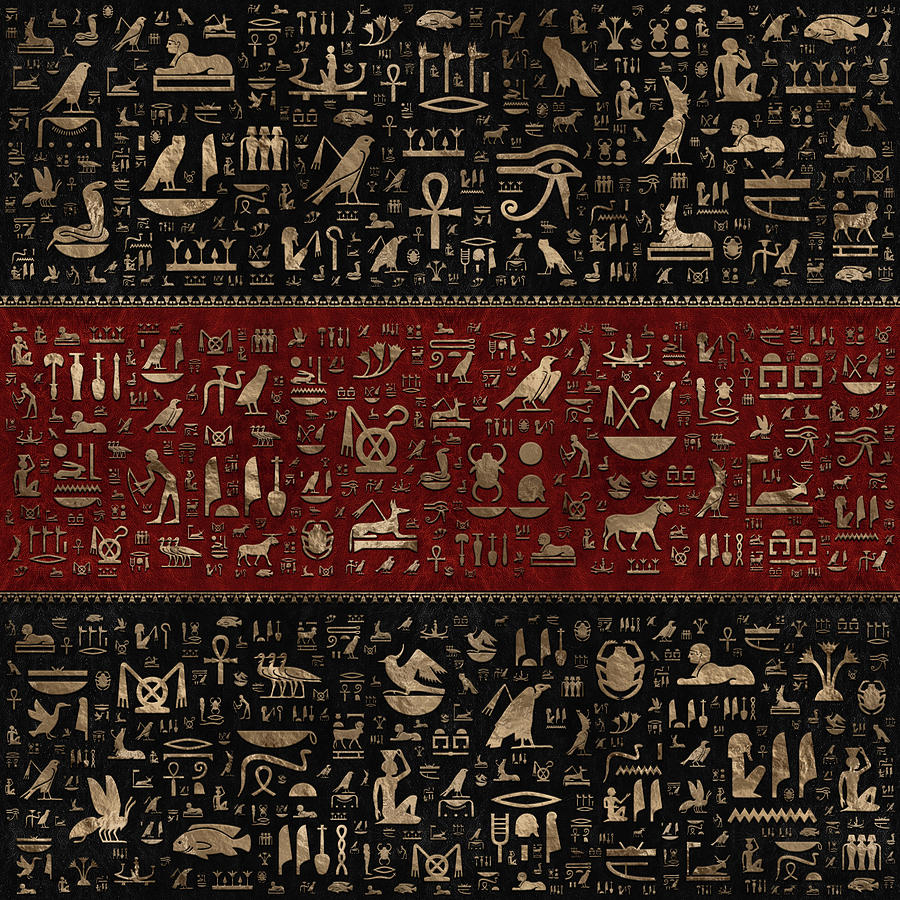

The two hands would have been side by side. The hieroglyph shows one hand slightly in front of the other, but this was simply an artistic convention artists used to depict both hands in profile view. When ancient Egyptians worshipped gods and goddesses, they would hold both palms open in front of them, sometimes kneeling. Worshipping Figure Coptic worshippers using same hand gesture as pharaohs The glyph depicts the god with a long beard, which was also worn by kings.ġ0. When a text used the word “I” to refer to a god or king, it was also written with this sign. This indicated that it was a god’s name and not that of an ordinary mortal person. When writing the names of gods, or even kings, Egyptian scribes would write this sign at the end of the word. Seated God The name of the god Amun-Re (the glyphs are written from right to left here) While some statues of her in pure cow form exist, she more frequently appears as a human female with cow horns and a sun disk on her head.ĩ. This cow goddess was the goddess of love, motherhood and happiness. One such hieroglyph was the glyph representing the goddess Hathor. Some hieroglyphs were anthropomorphic, meaning they had human bodies with animal heads. Maybe we should start a petition to all the tech companies to stop this censorship! The Egyptians wrote the word for husband using a penis and it also appeared in the phrase “in front of (someone).” Hardly X-rated concepts. Of all the hieroglyphs available, the ones showing the human phallus are censored out in some standard fonts, so you may only see a box where the glyph should appear. However, the ears themselves appear in profile view and the figure generally features an oversized beard.Ĭan’t see the hieroglyph above? The Egyptians did not show any prudishness when it came to depicting human private parts, but some companies like Microsoft and Google do.

EGYPTIAN GLYPHS FULL
The only common exception to this is the hieroglyph depicting the human face, which shows a human face in full frontal view. One of the most characteristic aspects of two-dimensional Egyptian art is that human faces were always depicted in profile, save for the eye. If you are an aficionado of ancient Egyptian art, this glyph may appear a bit odd to you. Face hieroglyph Hieroglyph of human face in raised relief The sign was used to write related words like “strike”, “strong”, “take away”, “plunder” and even “teach”.Ħ. Supervisors kept their workers in line, police interrogated criminals, and soldiers extracted information from enemy spies with sticks. Egyptians used the stick as a tool in many situations. The ancient Egyptians used to say, “A boy’s ear is on his back, he listens when it is beaten.” Corporal punishment was standard practice in schools.


 0 kommentar(er)
0 kommentar(er)
